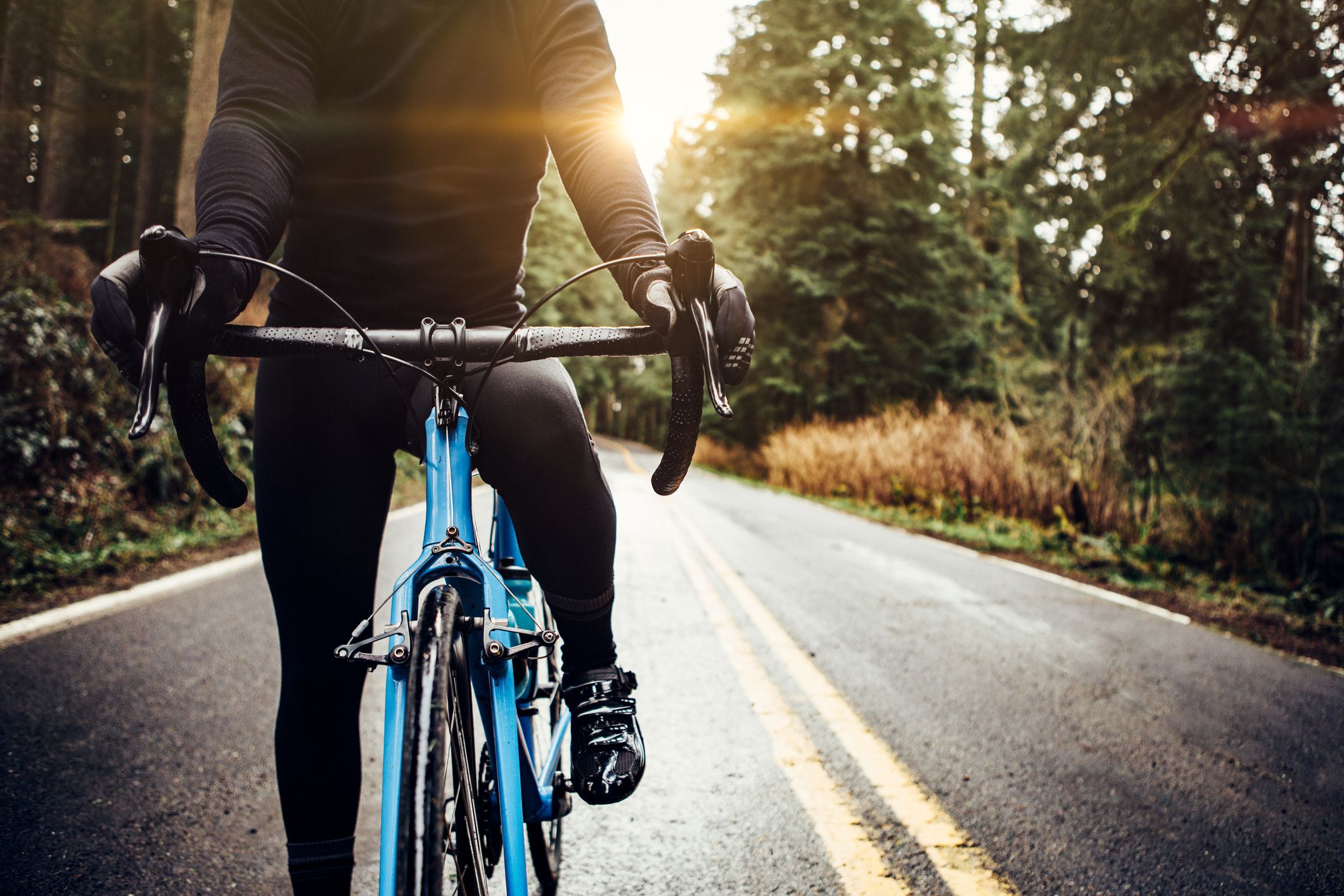The bike’s handlebar is one of the most important components of a bike and it practically controls every other aspect of how you handle your bike and plays a vital role in determining your frontal area and leading edge.
Choosing the right bike handle for your needs means you need to choose a handle that offers you a comfortable transition between different landscapes; flat or rocky, and they play a major role in your performance, determining your position and weight distribution.
The reason why this is of utmost importance is because choosing the wrong handlebars could lead to neck pain, back pain, and could as well as the risk of developing handlebar palsy or ulnar neuropathy which is numbness of the two smallest fingers due to compression or traction of the ulnar nerve as it passes across the wrist into the hand, with or without hand muscle weakness.
There are different models of bike handlebars, but not all will provide the comfort that you may need. All bikes come with handlebars, but then the only way of finding the right one for you is for you to try out the bike in the bike shop before you take it home with you.
This article will be teaching you how to choose the right handlebar for your needs to avoid certain serious health issues and be at the peak of your performance.
Read also: 10 Reasons Why Cycling Is A Great Way To Explore Your City
1. Measure Your Exact Width
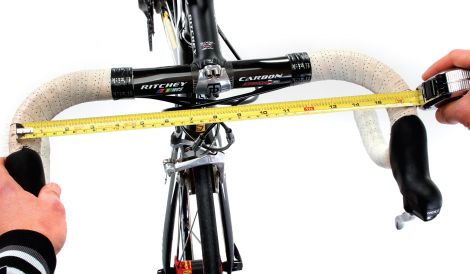
This is considered the alternative way to know to right one for you. Though not 100% absolute and cannot apply to all bicycles or all cyclist conditions as it requires stability, it is still important to note that when choosing the width of the handlebar on your bike is that for road bikes, the narrower the faster. Meanwhile, on a mountain bike, the wider the handlebar, the more stable. For example, cyclists who currently have a handlebar with a length of 40cm and want to upgrade “speed” can try a handlebar with a length of 38 or even 36cm.
2. Ensure The Reach And Drop Is Comfortable
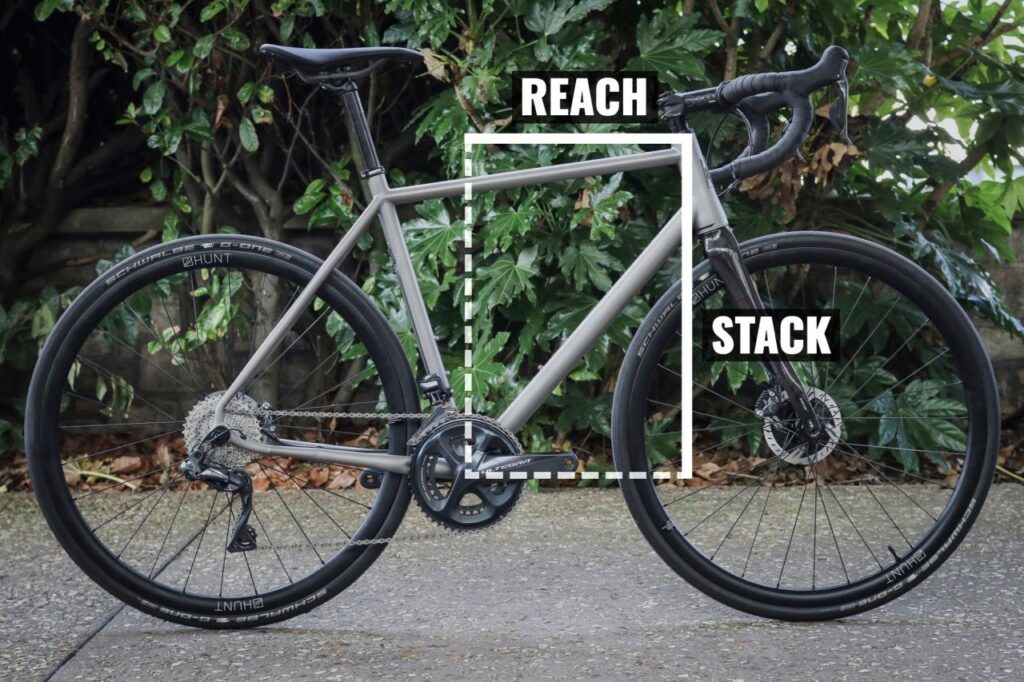
Before buying, make sure the handlebar you want has the ideal drop curve, and pay attention to the Reach and Drop. Reach means the length of the leading end of the notch when compared to the “main bar.” The farther forward, the further the arm reaches forward when holding the lever. Make sure the reach is ideal so that the body doesn’t stick out too much. The drop is the distance between the lowest points of the indentation when compared to the “main bars” above. The farther the distance, the more bent our bodies are in the aero position.
3. Find The Right Shape
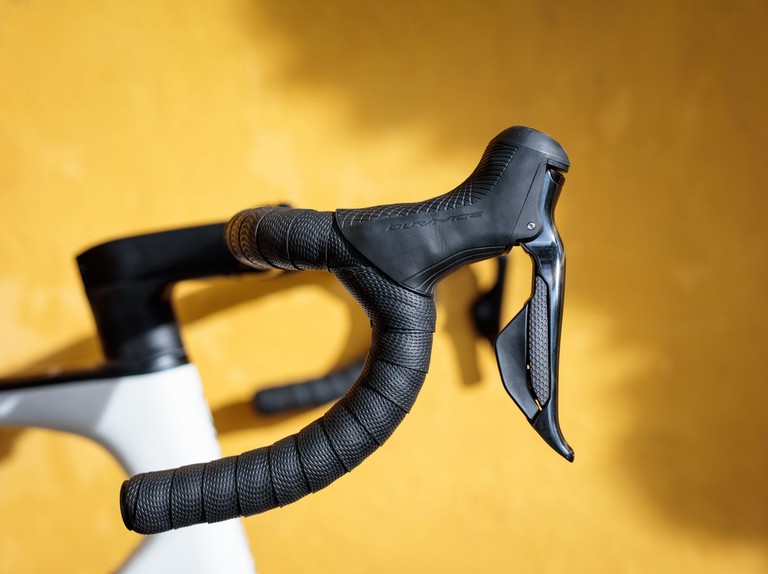
To know the right bike handlebar shape that is right for you, try to find the one that can let you easily curl the tips of your index and middle fingers around the brake levers while in the hooks, the forward position of the drops. This is very essential as it can prevent you from having avoidable accidents and serious injuries.
4. Go For An Aluminum Handlebar
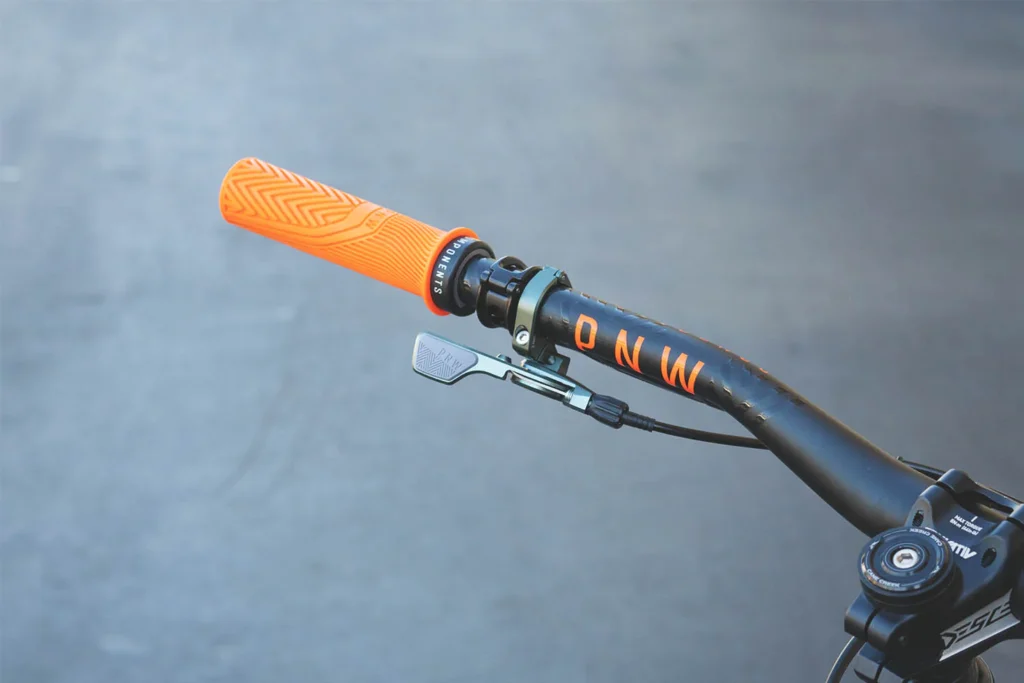
Aluminum handlebars are considered the best handles for bikes. So, unless you want a super-light bar or unique shape, consider an aluminum model as they can offer better vibration damping.
5. Get A Handlebar That Gives You More Leverage
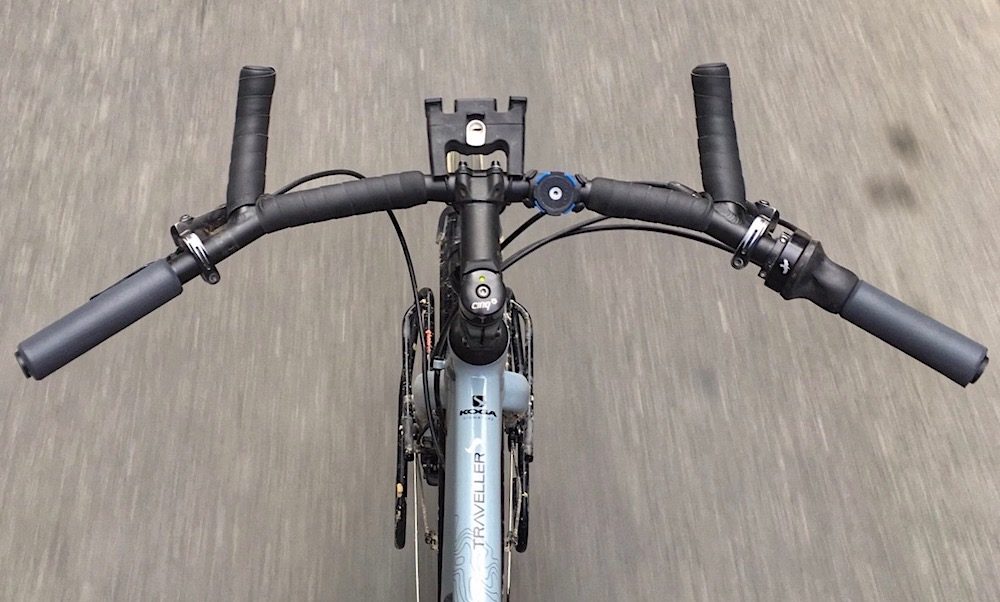
Your handlebars are your leverage when steering. The wider the handlebars, the more leverage you have to steer. A lever only performs when the person pulling or pushing the lever has a stable base from which to work. By making your handlebars wider, you spread your arms out and in so doing, actually lose leverage. In other words, get a bike with a handlebar that can allow you to transfer as much power as you want to the pedal.
Read also: The Best Bicycle Lights For Visibility And Safety
6. Look Out For A Bike Handle That Allows You More Control
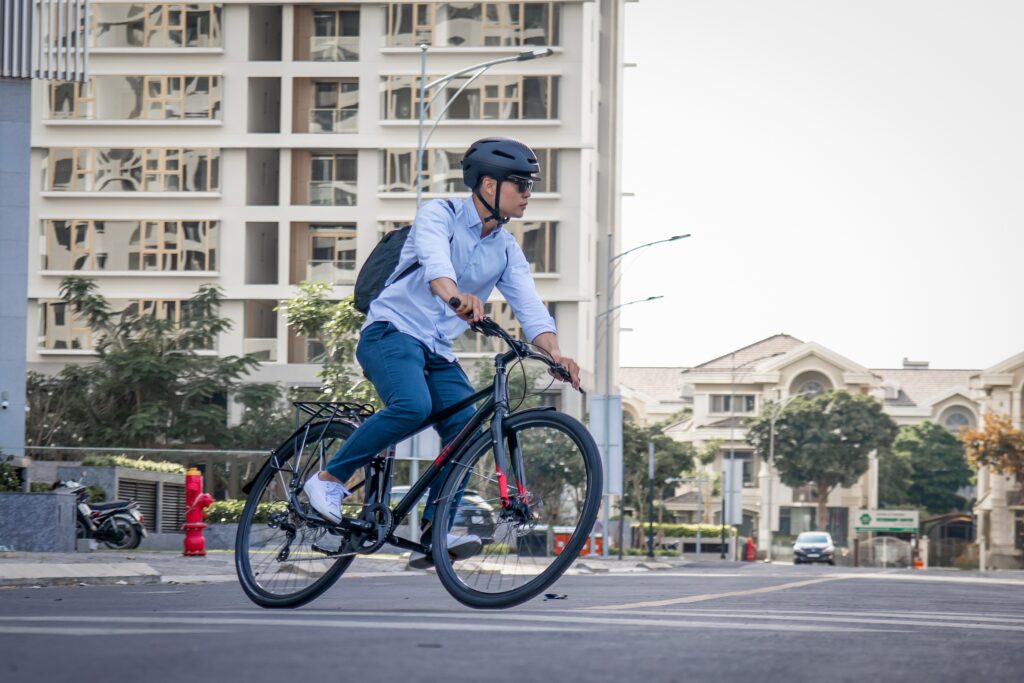
Being able to control the movement of your bike is everything you need to learn first when learning to ride a bike, and having the right handlebar that allows you more control is one of the most important things to look out for before taking that bike home. This is because for you to successfully ride a bike you need to learn to control it, and when riding and your handlebar isn’t comfortable enough for you to control it properly, it can cause you terrible harm.
7. Know The Shape Of Handle Curve That Works Best For You
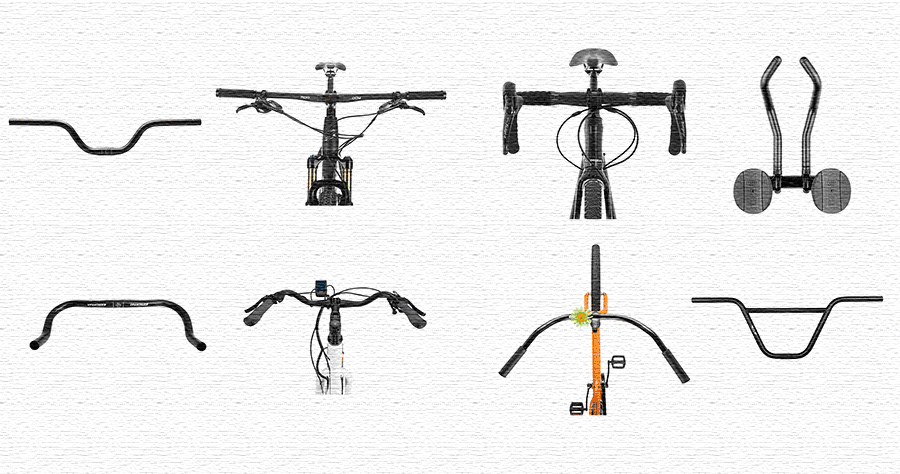
The shape of the handlebar curve to a large extent, determines how the handlebar will feel, and the combination of different distances of the reach and drop is very important for this. There are three types of handle curves; the traditional, the compact, and the anatomical curve. Know which of these works for you and use it.
8. The Flare Of The Handlebar
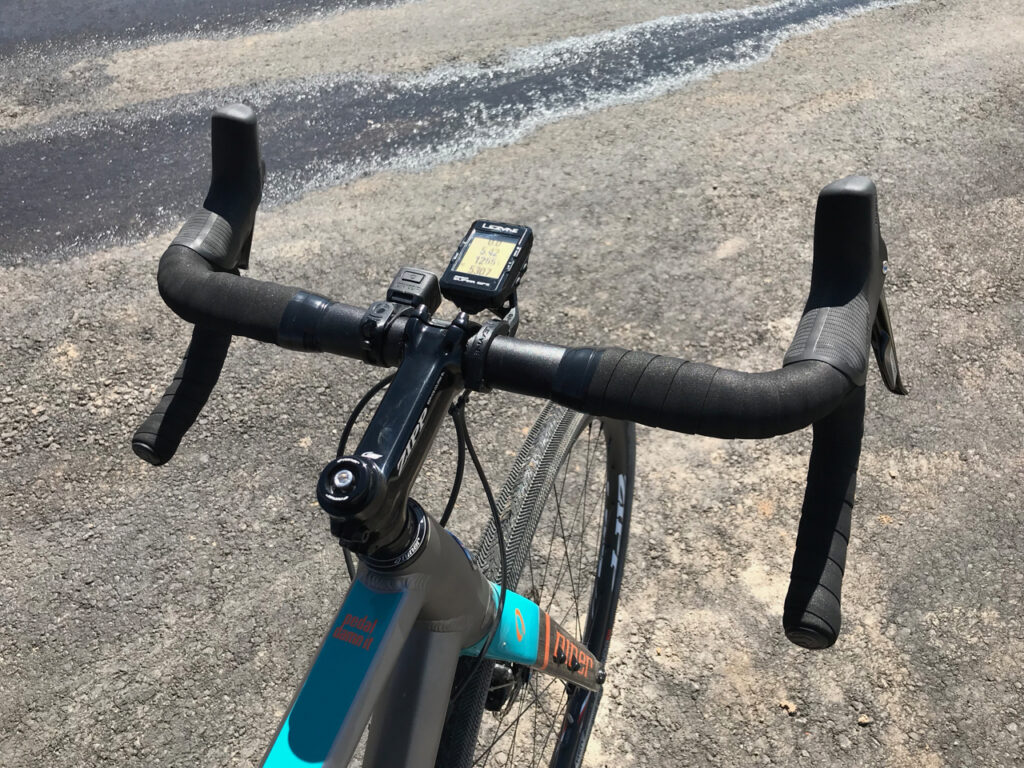
Your bike’s handlebar flare will tell you how far out the handlebar curve is and this is measured in degrees. The greater the flare, the greater the comfort and stability when riding with your hands in the drops. A handlebar with a larger flare is mainly found on gravel bikes and endurance road bikes. However, a smaller flare is found on performance road bikes.
9. What Type Of Cycler Are You?
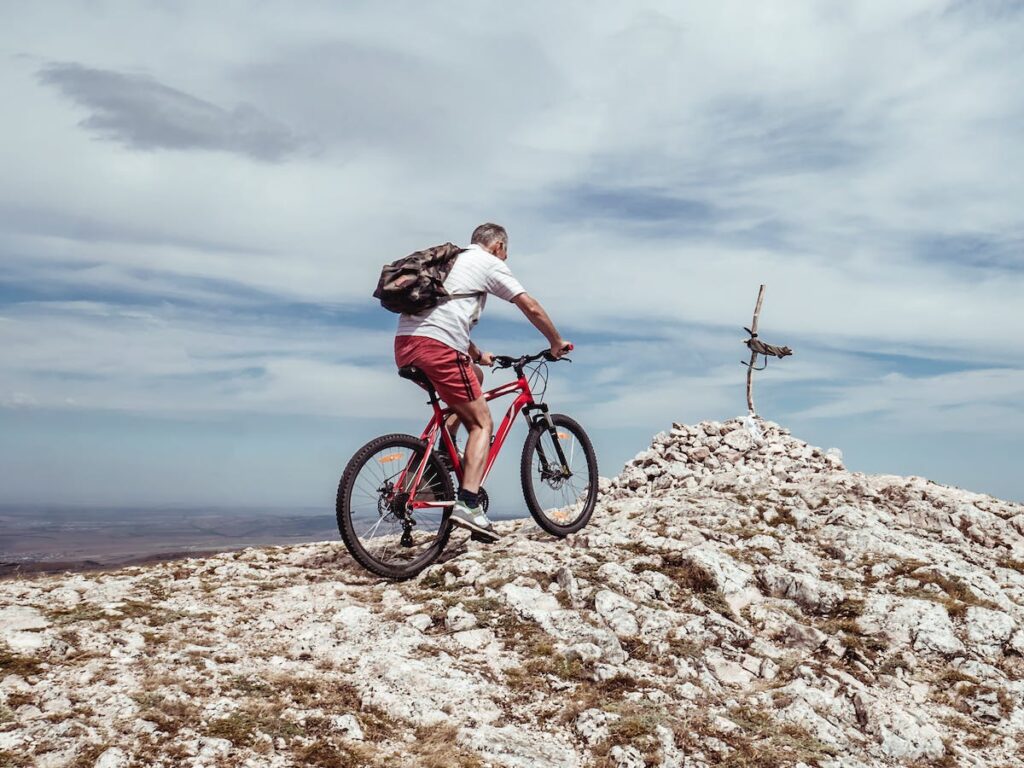
This is one question to ask yourself as it will help to determine the kind of riding you will be doing and in turn, the kind of handle you will be going home with. For example, a track cyclist needs a different handlebar from that of a mountain cyclist. There are race and performance handlebars, handlebars for recreational cyclists, handlebars for gravels, and handlebars for track cyclers. You can choose the kind of riding you do and let that help you know the kind of handlebar you will need.
10. Avoid Common Handlebar Buying Mistakes
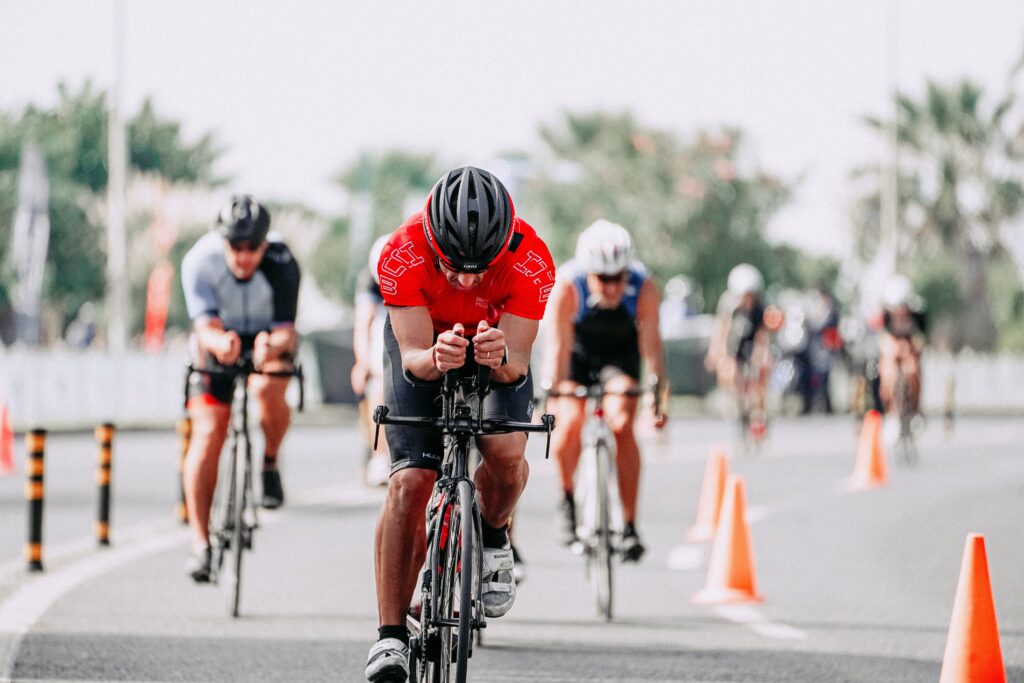
For you to choose the right handlebar for you, there are certain newbie mistakes you need to avoid making. These aren’t usually smart decisions and can cost you in the long run. Some of them include;
- Buying an integrated handlebar
- Buying handlebars just because they look cool
- Buying handlebars just because they were on sale
Have you been having issues with your riding? Your handlebar might be one of the reasons causing this. Try out some of these tips and see how it changes for you drastically.
Read also: How To Choose The Right Cycling Gloves For Your Needs

